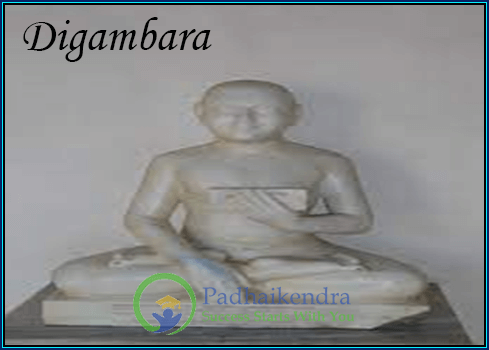Meaning of the term Digambara used during ancient India
Digambara is a term used in ancient India to refer to one of the two main sects of Jainism, the other being the Svetambara. The term “Digambara” literally means “sky-clad,” and it refers to the ascetic practice of Jain monks who renounce all worldly possessions and wear no clothes.
According to the Digambara tradition, the practice of nudity represents the highest form of detachment and symbolizes the complete renunciation of all worldly desires and attachments. The Digambara monks also adopt a strict code of conduct, which includes the practice of non-violence, truthfulness, celibacy, and non-possession.
The Digambara tradition is believed to have originated in southern India, and it developed its own distinct set of scriptures, philosophical texts, and artistic traditions. The Digambara tradition also places a strong emphasis on the worship of the 24 Tirthankaras, the spiritual leaders of Jainism who have attained spiritual enlightenment and liberation.
The Svetambara tradition, on the other hand, believes in wearing white robes and allows for the possession of a few simple possessions, including a begging bowl and a broom. The Svetambara tradition also has its own set of scriptures, philosophical texts, and artistic traditions.
Despite their differences, both the Digambara and Svetambara traditions share a deep reverence for the teachings of Mahavira, the founder of Jainism, and they both emphasize the practice of non-violence, truthfulness, and compassion towards all living beings

